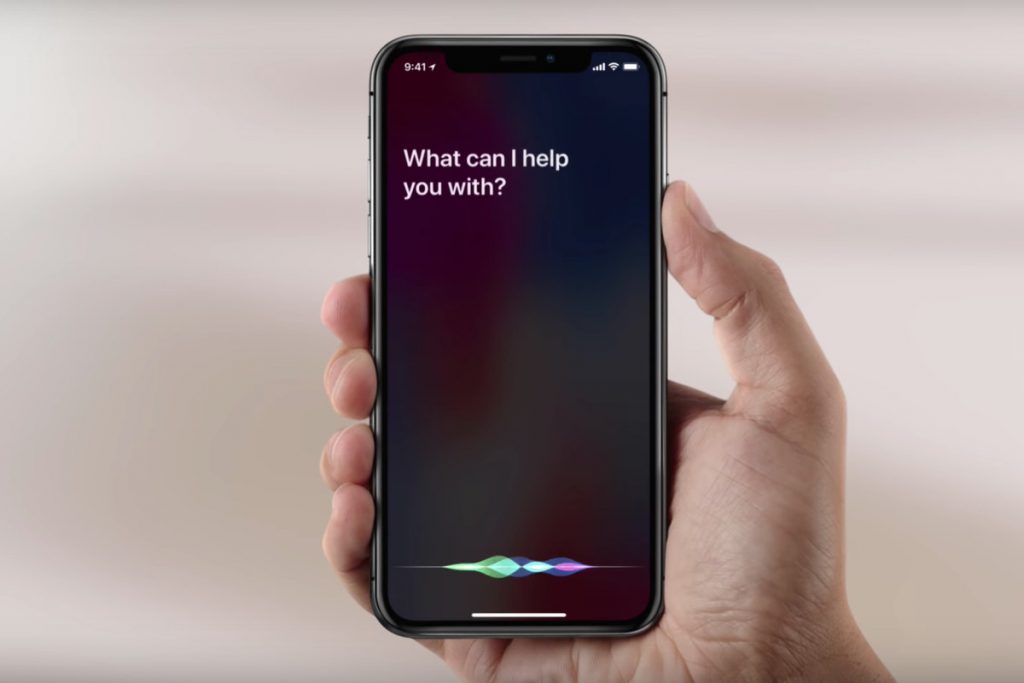
Voice search is growing rapidly as technology continues to develop and people’s lifestyles drastically change. According to Review 42, Voice search amounts to 50% of searches in 2020 so far. Therefore, in terms of SEO, it’s vital to optimize for how people ask questions when they speak into devices as opposed to how they would usually type out searches. Google Voice searches have gained increased mileage in recent years, as peoples lifestyles have become increasingly fast-paced and it is more convenient for users to speak into devices than typing.
The practical applications of voice search are still new, but the concept of the feature itself has become increasingly popular. All users have to do now is tell their device what they are looking for and the search will be conducted for you. Its quite surreal to say that the internet is no longer at people’s fingertips but nowadays at the tip of their tongue.

Voice-based Applications such as SIRI, Alexa, Echo dot and Google Home amplify the increase in voice-based searches and searches conducted without a device screen. According to Quora create, this year alone, 30% of all searches were conducted through a voice activated device where no screen or typing was necessary. This is only expected to increase over the next few years as well as the sales of voice-based devices. Currently, the Echo dot is the best-selling product on Amazon during the holiday season and Alexa sales have reached a staggering 100 million sales. This only clarifies the ongoing increase of voice-based devices being sold world-wide.

The use of voice searches differs amongst demographics. Teens prefer to use it for things such as calling friends, asking for directions or helping with homework. The older demographic tends to use it for dictating texts, help with directions and calling someone. It is important to note when determining your target demographic that all ages tend to use voice search largely for the similar reasons but at different scales.

The most important thing to note about Voice searches is that it is not discriminative to any particular niche. A wide range of businesses appear on SERPs every day due to voice searches. Voice search is utilised mostly for the ease of accessibility. Most voice searches are conducted for quick enquiries. Concise questions and to the point answers of 30 words or less usually provide the best results.
Google Voice search is now an integral part of Googles’ services. This is especially relevant for google maps which allows users to locally search their area for their desired product/service/location. In fact, 22% of voice queries are for local content. Google has disclosed that ‘near me’ searches have grown year by year. This is why its so crucial to ensure that you are making your business appealing and your content is easy to interpret.
How to improve/develop your VEO (Voice Engine Optimisation)
In 2013, Google introduced the Hummingbird update, which started to consider the user intent and contextual meanings of queries. This led to Marketers refining their strategies and moving away from stuffing keywords in their blog content to simply addressing their target markets pain points. Voice search is just another step in the direction of improving the user experience with semantics.
First things first, you need to think how your audience speaks about your business, products and services. Most long-tail searches/keywords will pull text-based results.
For voice search optimisation, the voice research tool ‘Answer the public’ (https://answerthepublic.com/ ) is a good place to start. When you type in a keyword it returns a bunch of possible natural language phrases/questions that could be asked based on the keyword. You can get an idea of your consumers mindset and refer it back to your marketing funnel. Storybase is also another useful tool which will deliver the same results.
You can interpret a user’s intent based on the type of question they ask. ‘What’ and ‘Who’ indicates they are researching and ‘Where’ usually indicates they are ready to purchase something. You can access what questions/keywords your customers used to find your content through Google analytics.
Developing/Improving Local SEO
As google searches for ‘near me’ and ‘things to do near me’ increase each year, voice searches make these searches faster and easier for users.
Local users have intent when searching on their devices, this means you need to get the keywords right. By incorporating the following strategies into your Local SEO, this will contribute to ensure that your business appears to local users.
– Phrases/Slang people may use to describe the location of your store
– Inputting ‘near me’ into your meta tags/description, titles and internal links
– Local landmarks/tourist attractions near your location
There is a more detailed guide to improving Local SEO on our blog site which you can read here.
Ensure your content creates immediate results
In the case of information and entertainment related queries, users want an immediate answer. Your content should appear as a snippet above the SERPS, such as displayed below.

You can achieve this by ensuring your business listing is constantly up to date, such as location, opening hours and contact details. However, featuring in Google’s SERP snippet is not always guaranteed. But, if your content aims to help people by answering a question, you are well on your way to being featured on this snippet. Your content needs to be answering questions, as Google’s algorithm finds the page that best answers the question being sought. This page is then displayed in the snippet to make user’s lives easier. Optimizing your VEO for this, is similar to optimizing content to be featured in the SERP snippet. Think about phrases when researching your keywords such as ‘How to’, ‘What is’, ‘How do’ and ‘How does’. It’s important to not limit yourself to these phrases, but to include other search queries that are also related to your company’s offerings.
Make your website mobile-friendly
It is obvious that voice searches are pre-dominantly carried out on mobile devices, therefore it is vital to ensure that your website is mobile-friendly. Using Google’s mobile friendly test tool and plugging your site into Pagespeed insights will allow you to ensure your entire site is both responsive and compatible with mobile devices.
Curate informative content/blog posts that will answer questions
People tend to speak different keywords than the ones they type into search engines when referring to your products and services. Users are more likely to type in short words due to physical effort, for example, ‘shops near me’, but would voice search by saying ‘What is the closest shop to me’.
A lot of businesses tend to dedicate these common questions to an FAQ page; however as mentioned earlier, creating dedicated blog posts to customer’s common queries is the best solution. Optimizing your current blog content and product pages for these queries is also a good solution. This will notably increase your chances of appearing in voice related searches.
One thing that is certain is that voice search will continue to become more intelligent, responsive and accurate, as well as more frequent in certain markets. It is tedious work to optimise your site for this, however, voice search makes your content much closer to human language and interaction. Now is the perfect time to begin optimizing for voice SEO (VEO) to gain advantage over your competitors